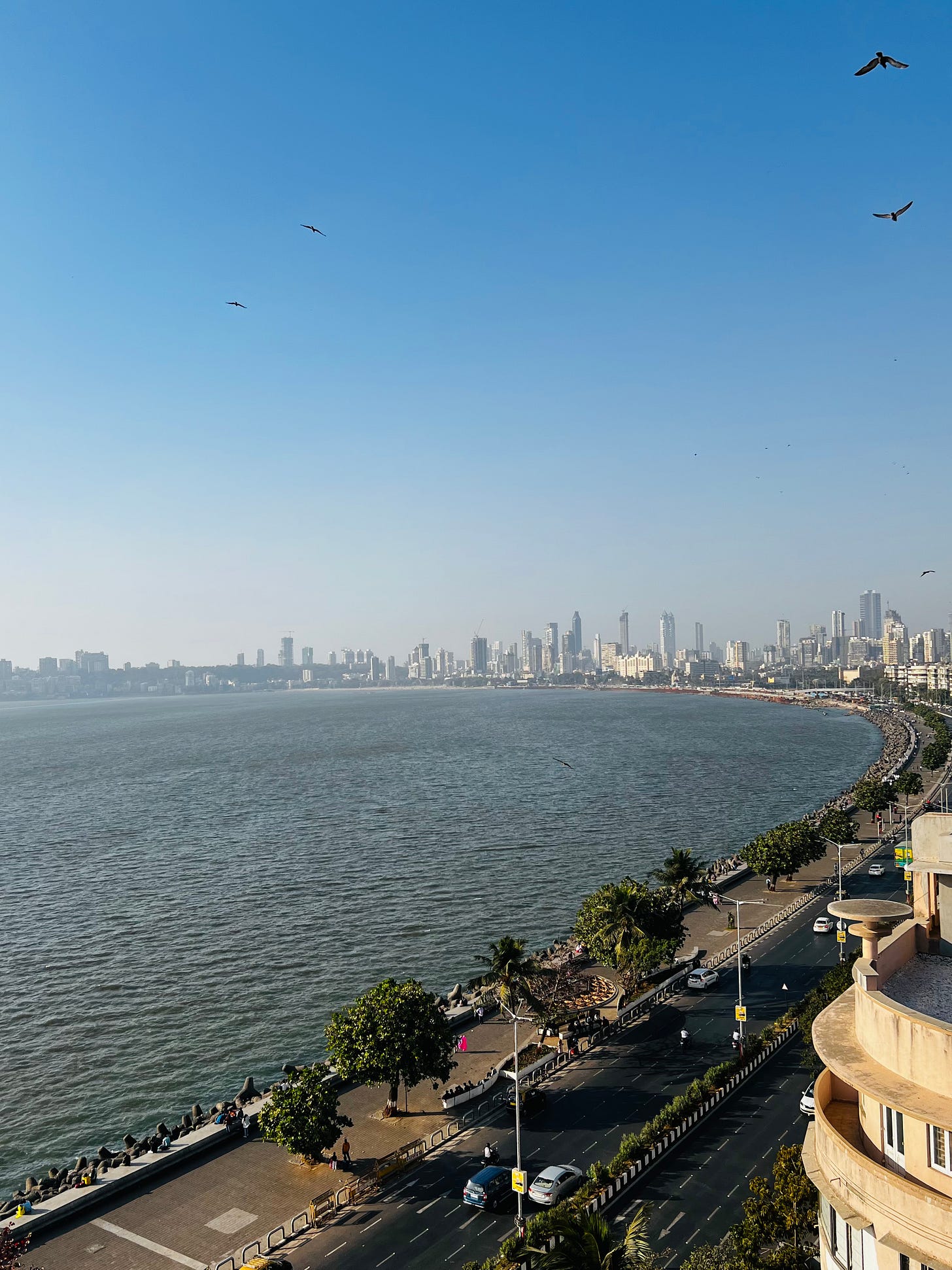Mumbai after Ganesh Chaturthi
A meditation on traditions and contradictions
I am writing today’s essay from a small café in Mumbai — Mary Lodge by Subko, a space that feels designed for the upwardly mobile and gentrified — where queues spill into a narrow Bandra alley, beside a roadside cross with fading Catholic inscriptions, and into a tiled…
Keep reading with a 7-day free trial
Subscribe to Infinity Inklings to keep reading this post and get 7 days of free access to the full post archives.


